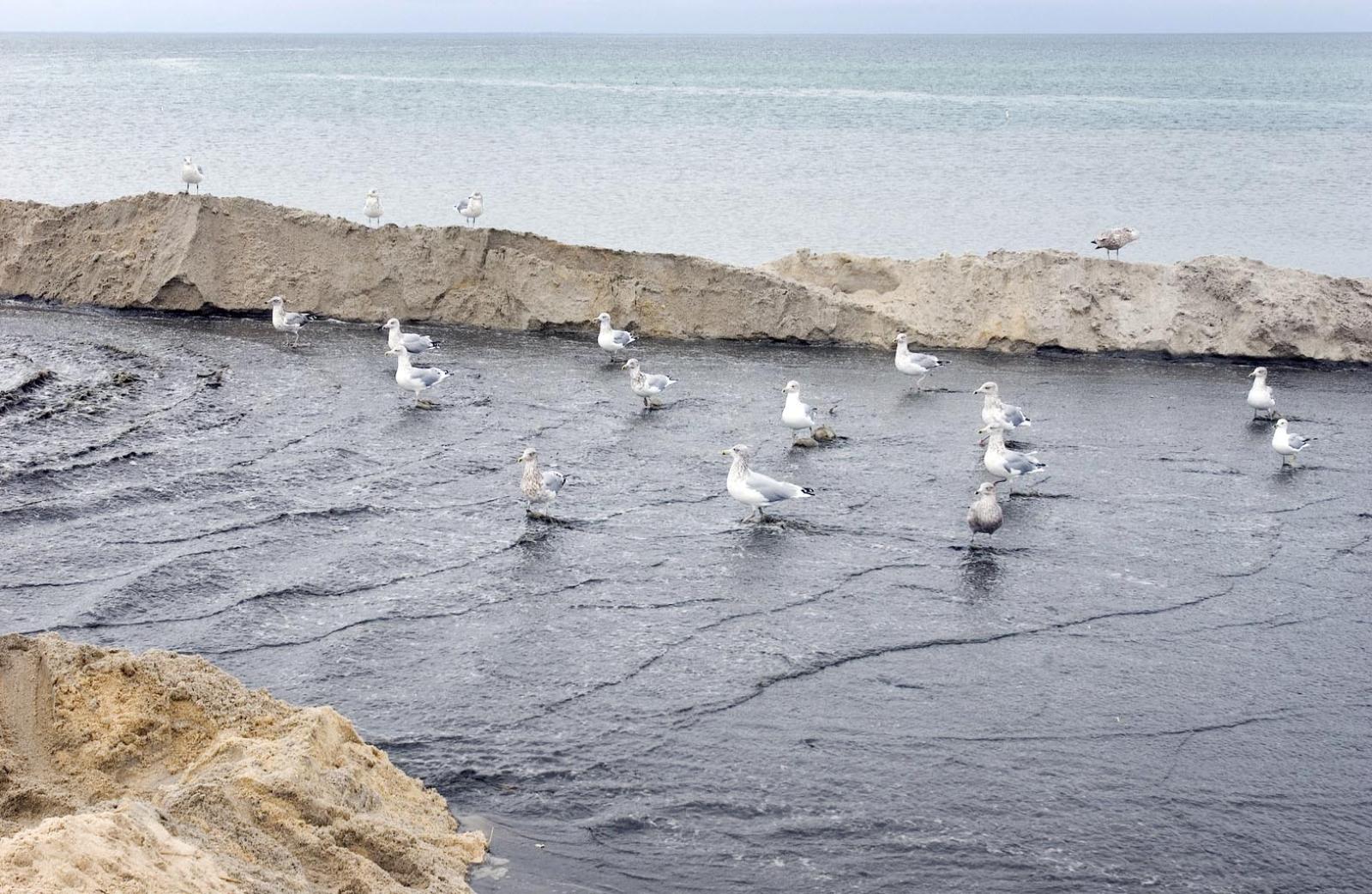The Intracoastal Waterway (ICW), inland waterway, or the Ditch, as it is also known, is an incredible piece of water. It offers the boater, whether by sail, paddle, oars or motor, a fascinating peek into the history and natural history of the Eastern Seaboard. The ICW doesn’t officially start (mile marker number one) until Norfolk, Va., and ends in Key West, Fla. (mile marker 1241). However, many seamen believe it starts at Cape Ann and goes to Brownsville, Tex.
In 1643 the seagoing colonists decided it would be prudent to dig a canal that joined the Annisquam River and Gloucester Harbor to avoid bad currents and weather off of Cape Ann. The Cape Cod Canal was proposed in 1676, but was not actually finished until 1916. Southern states dug inland canals to join waterways to provide protection to seafarers moving north and south. It wasn’t until 1828, however, that the federal government became involved. The plans were drawn and work started and in 1940 the route was completed from Norfolk to Miami.
Flip and I left Menemsha on Oct. 25. It was a bit sloppy, but pleasant. We had flocks of all three scoters flying alongside us as we motored up Vineyard Sound. Northern gannets were diving into the water making splashes like someone doing the cannonball off a diving board. Near Block Island we spotted two greater shearwaters. As we neared the Race (the eastern end of Long Island Sound) we were joined by six white-sided dolphins for a few minutes. The weather turned from mediocre to bad the next day and the birding wasn’t nearly as good either. The following day we continued down the sound and through New York city. The birding was good, as was the weather. The best of the avian delights included horned grebes and Foster’s terns.
October 28-30 found us in a small and open marina off Coney Island, N.Y. The weather was the pits. It blew a gale and we jumped around in the slip like the proverbial whore in church. The saving grace was that we were in the company of a flock of over 500 brant along with a few black ducks and mallards. We did catch a few black-bellied plovers and greater yellowlegs as we walked the docks. On Oct. 31 we traversed part of the New Jersey coastline where we had huge flocks of northern gannets and our first laughing gulls and one merlin, to name a few. From Brielle, N.J., to Rehobeth Beach, Del. we added parasitic jaegers, Bonaparte’s gulls, boat-tailed grackles, great blue and black-crowned night herons.
Nov. 2 found us in the Chesapeake Bay where we watched our first brown pelicans diving for dinner and pods of bottle nosed dolphins playing in our wake. We were now inside, as they say, and somewhat relieved as we heard there was a hurricane off of Cuba and headed north. In the Ditch proper, the birding picked up. We had our first bald eagle, northern mockingbird, American coots, red-shouldered hawk and northern flickers. Next into North Carolina and a huge flock of American robins were alongside the dock when we woke up. A Carolina wren was calling its teakettle, teakettle in the background and belted kingfishers were rattling as they flew from perch to perch. We spotted our first royal terns as well.
The birding was getting better by the day. We found that the Carolinas and Georgia were the best birding. We spotted a large flock of close to 40 American oystercatchers and several flocks of black skimmers near Beaufort, N.C. and a lone ruddy duck in an offshoot of the Ditch. Ruddy turnstones, sanderlings and great egrets dotted the shoreline. Northern harriers and osprey hunted the marshes and white ibis came in to roost near our anchorage. Georgia provided us a view of a snake in the waterway, probably a water moccasin, as well as willets, white pelicans, little blue and tricolored herons and snowy egrets. Flocks of tree swallows were appearing over the marshes, no doubt the same birds that were gathering on Chappaquiddick and Aquinnah a month or so earlier.
Fernandina Beach, Fla. — the first time we sailed the waterway was in the mid-1970s and I remember how surprised I was to see a flock of white pelicans on a sand bar there. Sure enough a flock, maybe the same, was on the same sandbar this year. We heard our first fish crows, watched our first snowy egret fishing and watched as an overzealous osprey captured a fish that was so big it pulled him under water until he let go. Near Cape Kennedy (Canaveral) we spotted a Caspian tern with a bunch of Foster’s and royal terns. We added an anhinga, a broad-winged hawk and a handsome peregrine falcon perched on day marker 104.
Our arrival at Stuart, Fla., was timed perfectly as the flats were exposed and we added dunlin, short-billed dowitchers and a reddish egret. We had some boat troubles, but the birding pretty much made up for the hassles with mechanics and weather.
Bird Sightings
Lanny McDowell spotted a late-staying northern parula warbler at the Vanderhoop homestead on Nov. 11. The same day he watched between 800-900 American goldfinches fly off the Gay Head Cliffs headed south. Later that day at Blacksmith Valley, Lanny spotted a yellow-breasted chat. On Nov. 14 Lanny had both swamp sparrows and American coots at Squibnocket.
Julie Roads had a purple finch at her Vineyard Haven feeder. And Happy Spongberg of Tea Lane has joined the ranks of the lucky ones who have tufted titmouse visiting their feeders daily.
Call the bird hotline with your news: 508-627-4922.







Comments (1)
Comments
Comment policy »